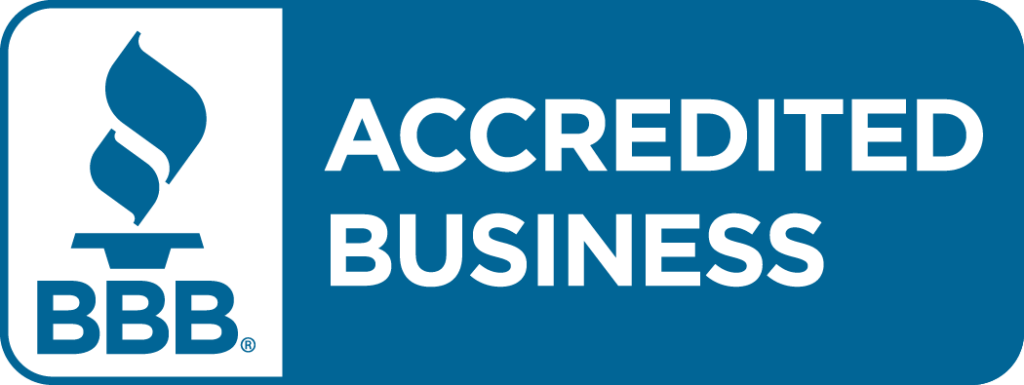Listen to the article:
If I were to ask you, how is your advertising doing, what would your first instinct be? For a lot of fleets out there the first knee-jerk reaction is to take a look at cost. Far too often fleets fall into the trap of, “Well our CPL and CPH is pretty low so I guess that means we’re doing pretty good.” While the costs of leads and hires is definitely a factor, you need to measure more than costs.
There of course is the discussion of quantity vs. quality of leads and hires. But for the purpose of this article, we will focus on measuring value. Just because you spend less and generate more leads or hires doesn’t necessarily mean you’re actually getting more.
[hr style=”3″ margin=”40px 0px 40px 0px”]
Why Should Your Recruiting Focus on More Than Cost?
 The statement of generating more leads or hires doesn’t mean you’re actually getting more could be confusing on the face of it. So, what do I mean? The bottom line is unless you factor in value, you’re missing a big piece of the puzzle.
The statement of generating more leads or hires doesn’t mean you’re actually getting more could be confusing on the face of it. So, what do I mean? The bottom line is unless you factor in value, you’re missing a big piece of the puzzle.
Something we recommend is calculating your fleet’s average lifetime value, or ALTV, for drivers. In simplest terms ALTV just means figuring out what value or revenue drivers bring to your fleet over the time of their service with you. Focus on increasing your ALTV may change your approach to recruiting.
Still a little fuzzy? Let’s work a quick example. Now I’m no mathematician so for the sake of this example I’m going to use nice and easy round numbers and I’ll limit it to two lead/hire channels. Perhaps you’re working with job board which provides tons of leads at a premium. You’re able to get $1,200 CPH from these leads with a lead-to-hire ratio of 200 to 1. Now compare that to a $1,800 CPH resulting from your campaign combining search and Facebook. The lead-to-hire ratio of this campaign is 35 to 1. Which channel do you invest more in?
Average Lifetime Value Should Decide
It’s easy to simply go with the cheapest CPH. We always strive to drive down our clients’ CPH. But if you keep value part of the equation, you now have to factor in length of stay, freight hauled, and even capacity needed to follow-up with leads. If drivers that cost more to hire consistently stay longer, haul more freight, and have less safety violations, do they really cost more? Not when you add value to your calculations.
Without ALTV calculated in, you’re unable to truly see the effectiveness of your recruiting. Make value a part of the equation, have conversations with operations to see which drivers are the most valuable and find ways to bring in more drivers like them. A cheap CPH is great, but increasing your ALTV is more important.

Study your fleet. Look at your current drivers. Identify those drivers who offer you the most value. Do they have anything in common? How did you get these drivers? You may find that your fleet actually gets the most value from leads generated by a specific channel or vendor. That channel may not have the lowest CPL, but if it increases the average value of each driver, it is worth the investment.
I know it sounds counterintuitive to say pour more money into the more expensive channel that generates fewer drivers. And to be clear that is not always the case. The point is you have to look deeper than costs. You always need to take the benefit and value the driver brings to the fleet in to account and not simply focus on the costs.
[hr style=”3″ margin=”40px 0px 40px 0px”]
Try the Randall-Reilly Recruiting Budget Calculator
When you begin to look beyond superficial costs and really dig deep it could lead to you shaking up how your recruiting spend is allocated. As we’ve seen the most valuable drivers to your fleet may not always be the cheapest, and sometimes that can be a hard sell to the number crunchers. You may even need to adjust your overall budget to hit the numbers you need.
Trying to work through it all on your own can quickly become overwhelming. That’s where the Randall-Reilly’s Recruiting Budget Calculator comes in. The recruiting budgeting calculator takes you through step-by-step from driver divisions, to costs, to turnover rate, and helps you evaluate just how much you’re spending and where. It provides and easy way to figure out run-rates, estimated costs, and hires you’ll need moving forward.
The shift in thinking about value as opposed to cost can totally change your approach to recruiting. You may need to have a conversation with your department head or CFO to justify the changes in approach or spend. Costs are a big hurdle to overcome, but value a driver brings to your fleet should always be the final deciding factor. Understanding lifetime value and using a tool like the recruiting budget calculator can help you pinpoint the drivers most valuable to you and allow you to effectively track and formulate how much spend you’ll need to land the drivers you are after.




